![]() Windy
Windy
 WeChat
WeChat
 WhatsApp
WhatsApp
Click:449 seen
The Choice Of Outdoor Survival Knife - Beiye's Omnipotent Secret Weapon In The Wild
Many novice players want to buy a knife that can do everything, but in fact, being able to do everything means that they can't do anything well, and some functions even conflict. So if you want to choose the right small straight knife, you need to make clear what you want to use it for. A few years ago, Bail Griles, "Lord Bei"'s "Surviving in the Wilderness" became popular all over the world, and the survival knife became popular. With the rise of hiking and exploration activities, survival knives also have a relatively large market. But most people don't know what the survival knife is for before they buy it.
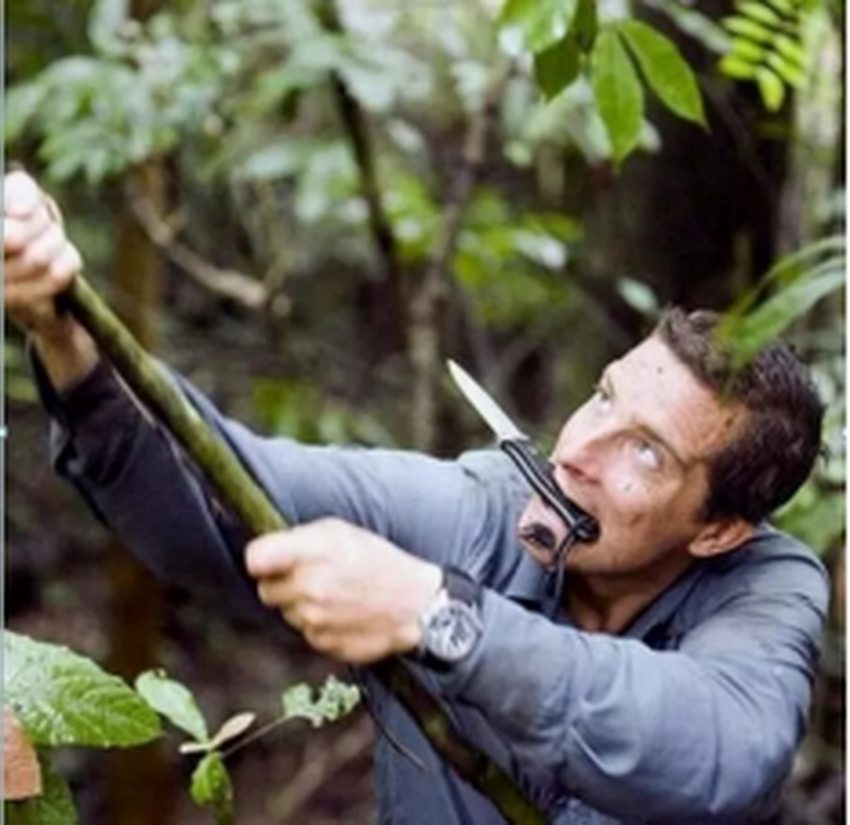
The survival knife is mainly used to build shelters, make traps, deal with prey, and process some simple survival tools in the wild. This requires that the survival knife should be strong enough first. This small straight knife is much stronger than the folding knife. So survival Dao is usually all small straight Dao. Many people believe in the patch handle structure of survival knife, but in fact, the through handle does not mean that it is not solid. However, if it is a low-grade domestic knife on the market, it is naturally the patch handle that is most trustworthy. Although the handle is hollow with some gadgets, it is said to be necessary for survival in the wild. But in fact, those things can be packed in small boxes, and the strength of the hilt is sacrificed. Once the hilt is broken in the wild, it will be fatal if there is no knife available in the deserted mountains.
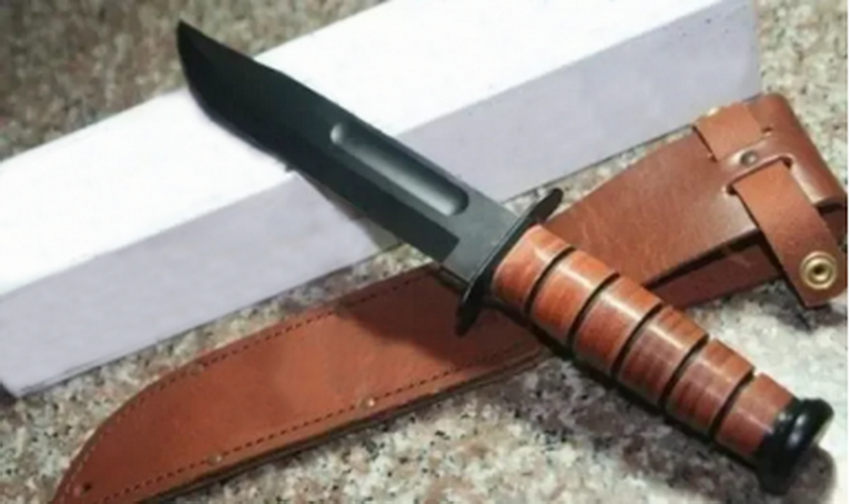
There are many materials for the handle, but as long as the grip is not slippery and does not hurt the hand, it is enough. The small straight knife handles of some patch handles on the market are very thin, and the shapes are strange and various hard lines. They look very beautiful, but they really grind out blood bubbles quickly when used. So try to choose a smooth handle. Traditional wooden handle, leather handle and bone handle are all good. The rope handle is not recommended. The handle is only wrapped around the rope, which is also very dangerous. If you deal with prey, for example, if you catch a fish and scrape a fish scale, you can remove the rope handle and wash it. Otherwise, the taste is very strong. Even if you can stand the taste, it will also affect the hunting for food.

The survival knife with a total length of 20-25cm is generally suitable. It is too small to build a shelter. Cutting wood spears and other work is not enough. It is too long to make traps, which are more delicate and difficult to use. The thickness of 3-5 mm is enough, which is also the mainstream thickness of small straight knives on the market. It is not easy to buy a thin one, even if the strength is ignored. The one that is too thick and sharp is too bulky. Many people think that the strength can be guaranteed only if the thickness is at least 4mm, but in fact, 3mm is sufficient for small straight knives as long as the steel is good. Even the 18 inch long mountain opener, commonly known as the 18 chop, used by the US military in Vietnam, is only 3 mm thick, which is 18 inches long, or nearly 46 cm long. Even the mountain knife is OK, let alone the survival knife.

The mainstream of the survival knife is the drop point straight knife. The tool tip is located slightly above the centerline of the tool body. The angle of the tool tip is large, the shape of the tool tip is smooth, and the curve looks like a water drop, which is suitable for cutting. This type of knife is used by either the famous survival master Bell Grils or Ray Mills.
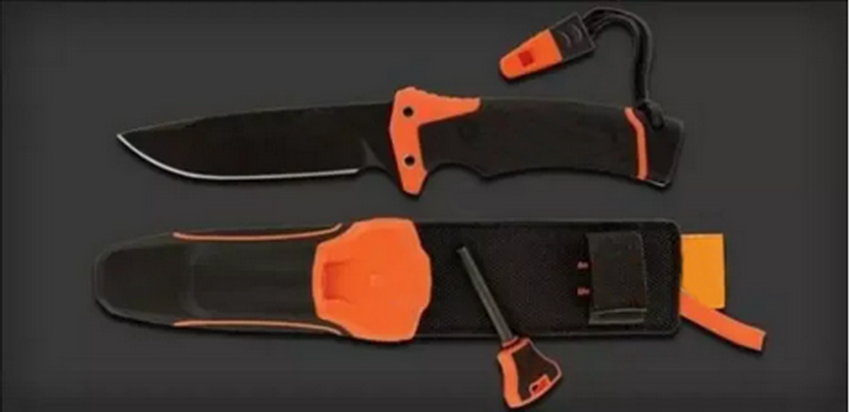
But in addition to the water drop shaped tip, the survival knife also has a clip point straight knife. The curve of the back of the knife falls down to connect with the tip, resulting in a sharp and narrow tip. The curve point of falling is uncertain, but most of them are located at the end edge of the mid line of the knife length. The upward angle of the knife point is uncertain, but it does not exceed the back of the knife. The forms range from very exaggerated to similar gun type knife points. Scholars pointed out that as early as the early Iron Age (900-500 BC), this form of copper Dao had been found. However, this kind of knife point is slightly sharp, which is easy to break when it is rough in the wild.
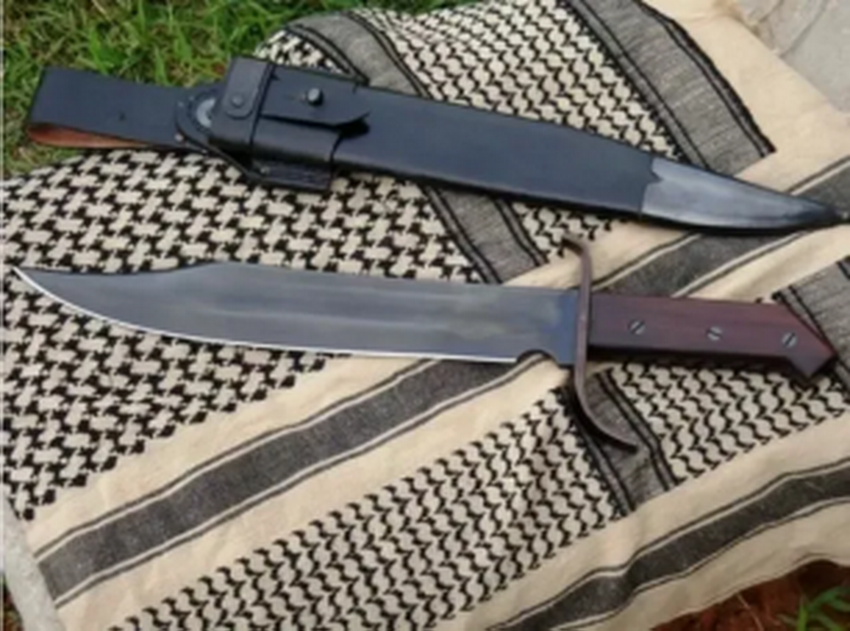
In addition, there is a straight knife with a raised tip, which is located at the end of the back of the knife and rises, resulting in a considerable radian. It is the best cutting and chopping tip form. Moreover, it is also very easy to use it for ripping and peeling, but the knife point is raised, so it is not easy to use it for piercing. However, the effect is good when it is used for woodworking. It is also one of the most suitable knife types for field use. Many nomadic swords have this kind of raised tip, which is enough to prove the practicality of this type of knife. In ancient times, for nomads, knives were tools, and ease of use was the first. This type of knife represents the Yingjisha knife shown in the figure below.
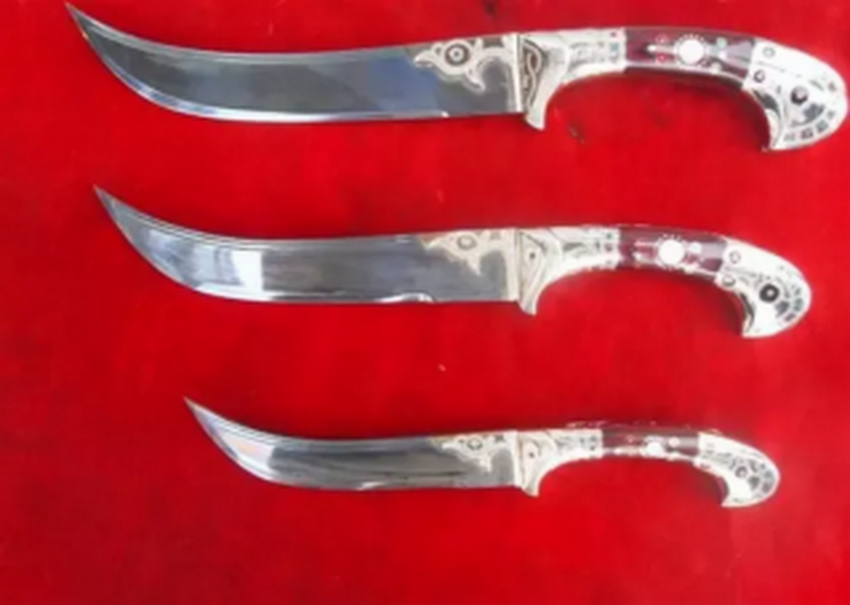
The survival knife generally does not recommend turning the blade upside down. Although it can enhance the puncture effect, it is unrealistic to use a survival knife to fight beasts in the wild. The animals that people can resist will run when they see people, and the beasts that people will rush to attack when they see people are not able to compete with a small straight knife. On the contrary, the blade tip becomes thinner after opening the reverse blade. It is easy to break the blade tip when making traps and other things, such as drilling holes. Also, it is not recommended to have serrations or double edges on the back of the knife, because in many cases, such as chopping firewood, you can easily split it by hitting the back with a wooden stick, but you can't use this simple technique if the back of the knife has serrations or double edge straight knives.

Many survival knives can open half a tooth, but in the wild, they can hardly use the upper half tooth. On the contrary, the total blade will not exceed 15cm. Remove the straight blade with 10cm more tip and open another half tooth. There is almost no blade available in cutting. Half teeth are usually used to cut ropes quickly, but it is not necessary to cut ropes quickly outdoors. Common blades can only be cut twice more. Half teeth are not available. And if the blade is blunt, you can just find a large bluestone to rub in the wild. But if the serrations are blunt, it is difficult to grind them without special tools in the wild. Therefore, if the survival knife is practical, it doesn't need many fancy functions.

As for the cutting edge material, many people think that steel with high hardness is good steel, but in fact, survival knives do not need to be particularly hard. Knives with high hardness are good to play in the city. After all, most people take a knife in the city to open the package and cut fruit. However, if the hardness is too high, the toughness will become poor. It is easy to break the tip and crack when it is used vigorously outdoors. On the contrary, if the tip of a knife with low hardness is bent and straightened, it can still be used. The blade is curled. Find a large bluestone and grind it with water. It is sharp again. If the hardness is too high, the function of the whole knife will be greatly affected, and it cannot be repaired in the field. Once a knife with high hardness is blunt, it is also very difficult to grind it.

In addition, the sharpness depends on the micro sawtooth structure formed by the steel blade. After being magnified, the blade is actually a saw. When cutting, the micro sawing method is more efficient than cutting objects through simple pressure, that is, we usually feel that the cutting is better and sharper. The micro serrations formed during grinding of different steels are different. The micro serrations of fine grain steels are more delicate, while the knife crystal structure made of coarse grain steels is easy to peel, which means that the micro serrations are more likely to be damaged and the retention is worse. In a word, it is not directly related to hardness. Even hardness has little to do with retention. In fact, our ancestors also survived with lower hardness bronze knives in ancient times.

When it comes to retention, many medium and low grade stainless steels have high hardness but poor retention, which is not as good as carbon steel. Some novices buy cheap knives. They can scratch hairs with sharp hands just when they get there, but after several times of shaving, they can't even cut the paper. This is because they use stainless steel with poor retention.
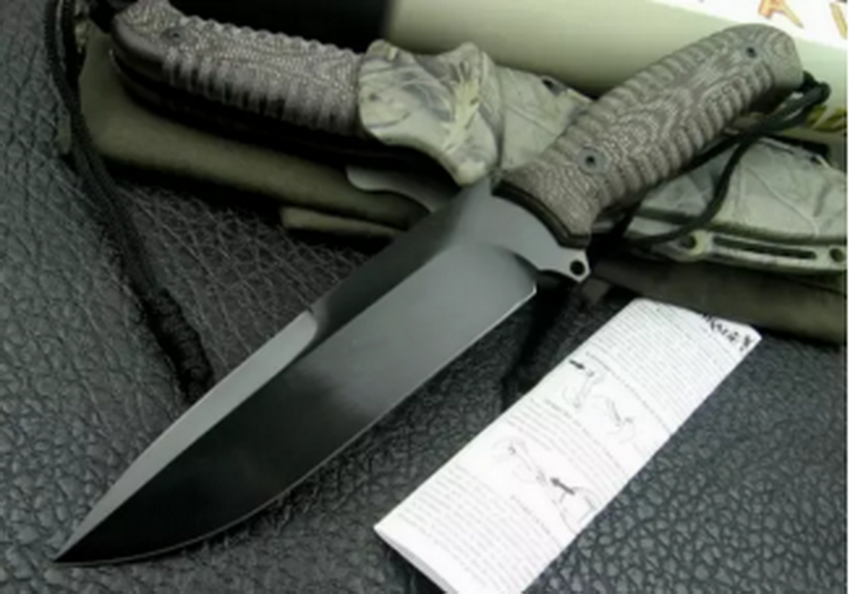
Lived alone in the wild in the deserted mountain for three weeks, using only a carbon steel survival knife, but after wiping, I kept it properly, and it didn't rust even when it rained once every three days in the mountain. If the weather is humid, the knife with coating or the surface quenching oxide layer is not removed can also be used to effectively prevent rust. However, if the knife is used with high intensity for a long time, the surface coating or oxide layer will still be worn and become mottled after a long time. Of course, if you choose the top stainless steel blade, the sharpness and retention star are also guaranteed, but the price is much higher. The specific choice depends on personal financial resources.
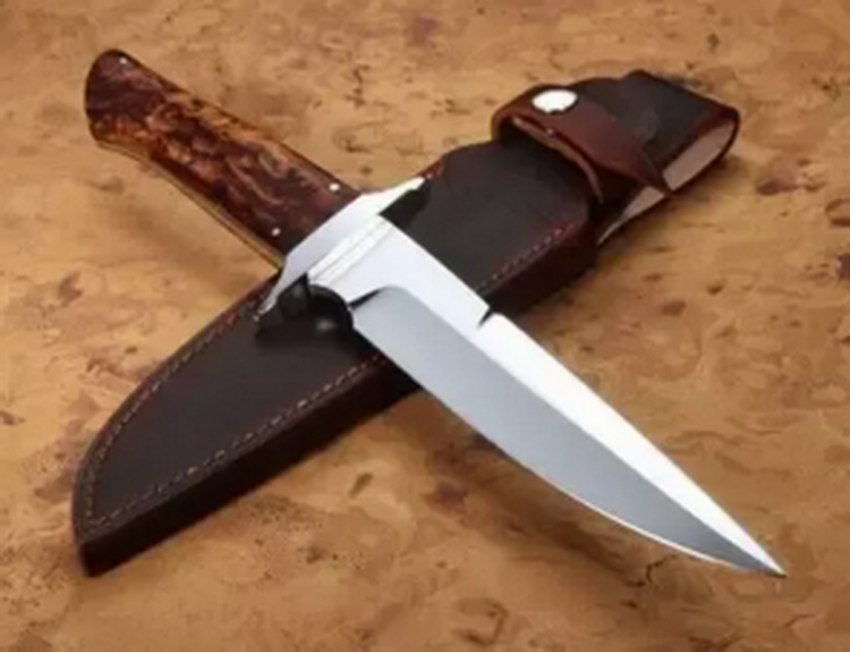
Finally, let's talk about the knife sheath. Generally speaking, traditional leather sheaths and wooden sheaths are enough. The biggest advantage of leather sheaths is strong toughness, compression resistance, bending resistance and tensile resistance. For example, in winter, the leather sheath will also maintain considerable elasticity and toughness. However, the abrasion resistance of the sheath is slightly poor. When the knife comes in and out, it is very easy to scratch the sheath mouth. The wooden sheath can ensure a very smooth knife entry and exit under any weather conditions, but it also needs maintenance. If it is painted, it can not be afraid of moisture and dryness, but it is easy to lose paint when it is knocked. The modern material K sheath is easy to grind the surface of the flower knife, and it is easy to become brittle and fragmented like other plastic sheaths in cold weather. It depends on different environments.
